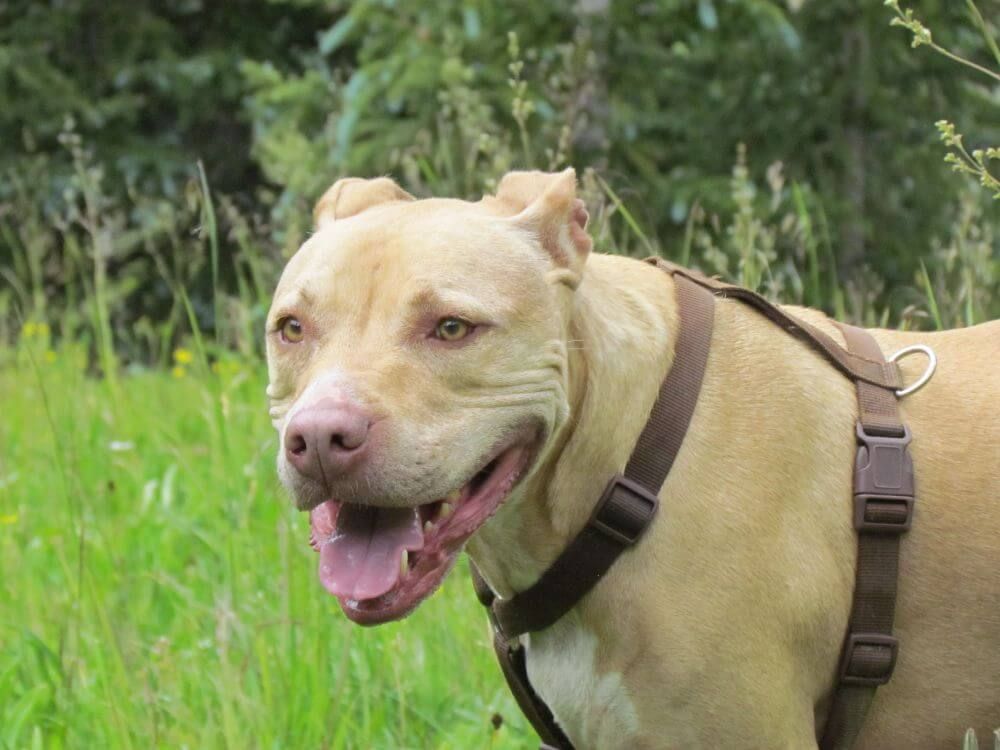
As the seasons change, warmer weather usually signifies camping, hiking, barbecues, and other outdoor recreational activities. For our furry family members, warmer weather can be a hazardous time of year that can bring parasitic infections, complications from heat and even death. By keeping these summer pet safety tips in mind, your whole family can enjoy all the fun that summer brings!
Administer your Monthly Flea and Tick Preventative Medication:
A few dollars invested in preventative medication can not only save your pets life from a devastating parasitic infection but save you money in the long-run from costly heartworm treatment! Be sure to follow your veterinarian’s recommendations!
Stay Hydrated!
Just as we lose water to the environment, so too do our pets. A general water intake guideline for dogs is .5 to 1 ounce of water per pound of body weight per day. This translates to approximately ¼ to ½ gallon of water for a 65- pound dog per day. A typical cat will need 5 to 10 ounces of water per day and may get much of this in her food if you are feeding canned food. Be sure that when you travel with your pet, you are packing enough water and have a travel water bowl for them, too!
Limit Afternoon Activities!
As the mercury rises through the afternoon, your pets lack the ability to properly cool themselves in the hottest parts of the day. Be sure your furry family member walks are taken during the coolest parts of the day, early morning and late evening when the sun is low in the sky.
Never Leave Your Pet Unattended in the Car!
When it is 80 degrees outside, temperatures quickly reach 130 to 172- even with the windows cracked! Although a dogs’ internal temperature is naturally closer to 102 degrees while ours is 98 degrees, if your dogs’ temperature reached 106 degrees F, he is suffering heat stroke and is at risk of serious and fatal complications. Small breeds, puppies, and senior pets are particularly susceptible to the effects of summer heat.
A Small Pool of Water is FUN!
If you have the space available in your yard, setting up a cooling station that consists of a shallow pool of water makes for a fun and safe place for your pet to cool himself during the hot summer months!
Signs of Heat Stroke and What to Do:
If your dog is overheating, she will exhibit a combination of symptoms to include hyperventilation, excessive panting, dry gums that may start very dark red then become pale, increased salivation, erratic or rapid pulse, confusion, weakness, diarrhea, vomiting and possibly rectal bleeding. If you notice these signs, bring her to a cooler area immediately. Do not offer ice! Cool water will reduce her temperature at a safer rate which will prevent a shock to the system. Place cool, wet towels over her neck, under armpits and between the hind legs. Call your veterinarian for additional guidance!
Keep these summer tips in mind to ensure everyone enjoys their summer!

